I have two questions regarding the LightWeight Transcation in cassandra,
1) What level of locking (Row? Column? Table? level locking) will be provided for the following two queries?
i) INSERT INTO user (user_id, user_name, user_phone, timestamp) VALUES(1,'uma', 9003934069, 4331312423232) IF EXISTS;
ii) UPDATE user SET user_name = 'harry' where user_id=1 IF timestamp=4331312423232;
2) If LWT is providing the locking mechanism, why do we need to have SERIAL consistency to be set in READ? I mean If any conditional update is on going why do we need SERIAL consistency on above that?
It would be really Great, If someone could respond for this.
Thanks, Harry
